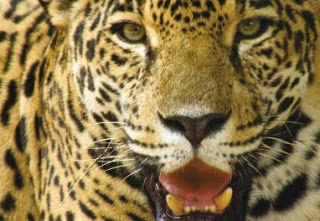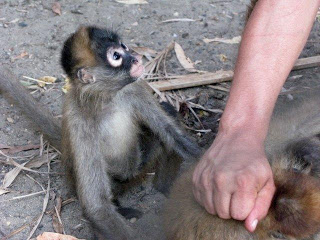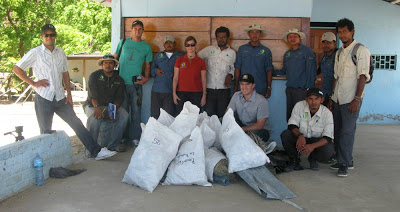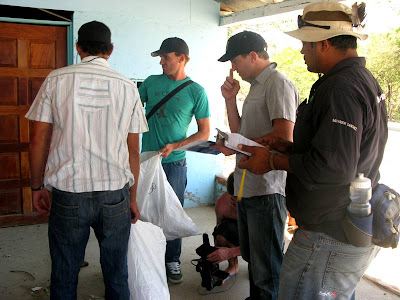Tropical forests store a fifth of the worlds carbon emissions, making our conservation efforts in Central America a particularly important climate change solution.
Last month, we partnered with Nicaraguan NGO FUNDENIC to host a well-attended forum on the Climate Change-related Challenges and Opportunities for Biodiversity in Nicaragua. Our Executive Director, Sarah Otterstrom, presented on Components for Adaptation to Climate Change Impacts. Other presenters included Tim Lattimer, the US Department of State’s Environmental Director for Central America; Tito Sequeira, from the Coalition of Rainforest Nations. and Dr. Jaime Incer Barquero of Fondo Natura and FUNDENIC.
Nicaragua is already vulnerable to extreme weather conditions, and the frequency and severity of extreme storms is likely to increase with climate change in coming years. In fact, Nicaragua is considered the third most vulnerable country globally to extreme weather events, according to the 2009 Global Climate Risk Index, thus the need to protect the country’s natural resources is becoming ever more critical. Forums such as this are important for increasing dialogue and developing adaptive responses to climate change impacts.



